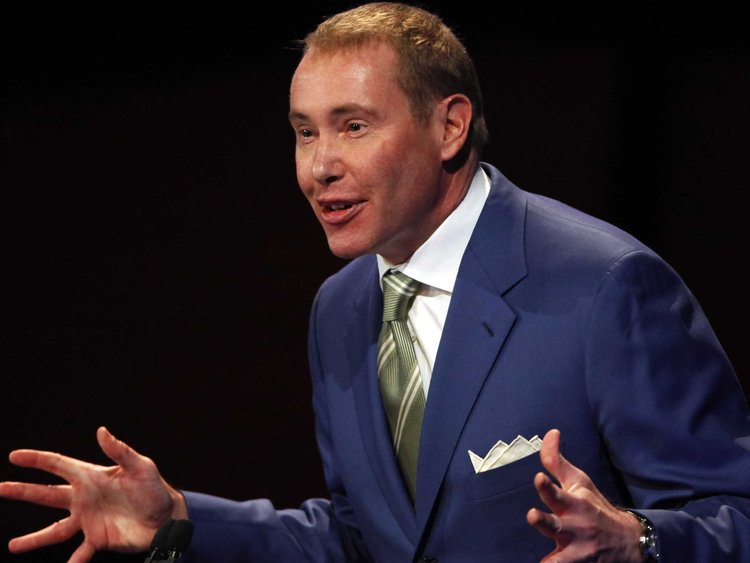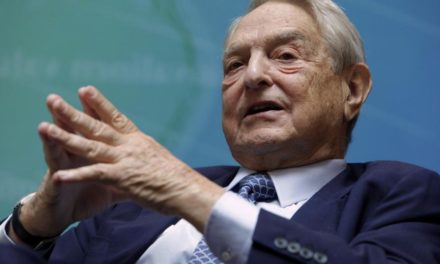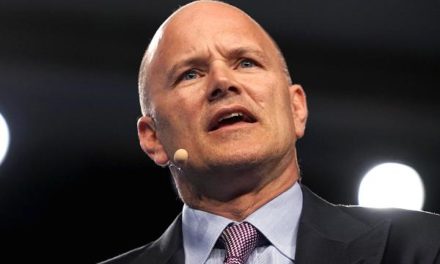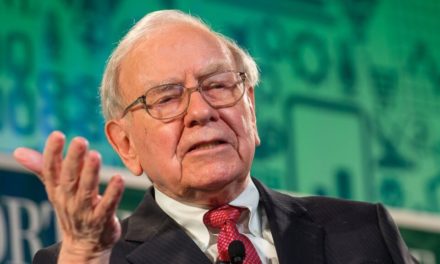Jeffrey Gundlach sees storm clouds gathering in his latest piece entitled, “No End in Sight” as he questions the current melt-up in stocks in light of the K shaped recovery and the disconnection between stocks and bonds.
Jeffrey Gundlach’s no end in sight piece could be a play on words. After all, those awake at the keyboard know too well that the central bank’s liquidity pump is creating surreal markets, along with multi-asset bubbles, and not to mention the greatest wealth divide ever.


“Jeffrey Gundlach questions the current melt-up in stocks in light of the K shaped recovery and the disconnection between stocks and bonds”
WEALTH TRAINING COMPANY
Jeffrey Gundlach sees storm clouds gathering with “lots of financial market trends quietly reversing” as he wrote in a recent tweet
In other words, Jeffrey Gundlach is suggesting that the reflationary trade could have peeked.
Up until recently, many pundits believed that after more than three years of inflation rates just at or below two percent, we were entering a period of reflation.
Reflation is often triggered by massive fiscal spending and monetary easing, following years of economic stagnation. Expansionary budget deficits in tandem with more central bank liquidity aims to pump prime higher levels of employment, consumption, and investment in the economy. So as aggregate demand for the factors of production increases that should, in theory, drive up the cost of asset prices.
In anticipation of reflationary policies, investors have jumped the gun and bought risk on cyclical assets, driving prices sky-high, and now Jeffrey Gundlach sees storm clouds gathering

“Jeffrey Gundlach is suggesting that the reflationary trade could have peeked”
RAY DALIO
So, what happened?
Jeffrey Gundlach sees storm clouds gathering view is based on the no end in sight in the US annual public debt, which is forecast to rocket to 128.3% of gross domestic product GDP in 2021
As you will notice from the US debt outstanding percentage of GDP chart the debt has skyrocketed.
The last time the public debt took a moon shot was during the Great Depression, around 40% of GDP, and World War II where the US government borrow approximately 1.1 sizes of its annual economy to finance the war.
But today, in peacetime, the world’s largest economy is currently borrowing approximately 1.3 times what it is expected to earn next year. One can only imagine what the annual debt to GDP ratio is going to be if Universal Basic Income becomes policy.
“Despite the rising opportunity cost of holding precious metals, no yields, investors demand for precious metals remains buoyant” – Wealth Training Company
The extend and pretend isn’t infinite, at some point investors are going to question the integrity of sovereign debt, which could be why Jeffrey Gundlach sees storm clouds gathering
We notice that 10-year treasury yields are rising, and the mainstream narrative is that is due to funds rotating into the reflation risk-on trade. So why then do we see precious metal prices starting to move upwards as the 10-year treasury yields keep rising?
Despite the rising opportunity cost of holding precious metals, no yields, investors demand for precious metals remains buoyant.
Perhaps this could be interpreted as a vote of no confidence in the US dollar exchange value going forward. Think about it. If foreign investors think the dollar is going to depreciate another 10% over a decade, due to the Fed’s excessive currency creation and blowout public deficit, then the annual yields won’t even compensate for the currency risk. So, investors pile into the ultimate rat hole, a precious rock that pays zero interest, zero dividend, and zero yields.
But in these extraordinary times, it is not the return on your capital that counts but rather the return of your capital.
What’s more, if your capital is returned back over 10 years in a bundle of notes that have been hyperinflated away due to excessive currency creation and massive debt that nobody can find a greater fool to sell to, then that could explain why the precious rock is hot.
Jeffrey Gundlach sees storm clouds gathering where he thinks the US dollar will continue to depreciate
But the EU and the UK could be on the cusp of a trade war, so what other option is there for international traders who need a safe store of value and a currency they can transact.
Jeffrey Gundlach also believes that the yield curve will steepen with 30-year yields rising. He is also betting against the TIPS market. But the Fed could ruin that trade by entering the market when buyers are absent.
“Giving money to be used for consumption will merely diminish the value of money and not increase the size of the pie” – Ray Dalio
Regarding stock investors, Jeffrey Gundlach sees storm clouds gathering also warning that the S&P 500 is in “nosebleed territory. This is not a cheap market”
He added the market was the most overvalued in history when looking at market cap relative to US GDP.
Corporate bonds could also be in for a rough ride, according to Jeffrey Gundlach.
Gundlach warned of a wave of downgrades of BB-rated bonds into the high yield spaces, saying the spread between BBB-rated bonds and BB-rated bonds were historically narrow.
Jeffrey Gundlach warning about corporate debt was made earlier in the year. Indeed, back in February 2020 he described bonds as the weakest link in the current global downturn.
Jeffrey Gundlach said back in February that corporate bonds were “as unattractive as I have ever seen in my career”
But that was before Covid-19 made a global appearance.
So, with US bond issuance smashing all records as it hits $1.9 trillion in September combined with tighter corporate revenues, what would Jeffrey Gundlach have to say about the state of the corporate bond market today.
Jeffrey Gundlach sees storm clouds gathering, and frankly, should anyone be surprised
For stock investors, the sixty-four-million-dollar question is whether the central banks will extend and pretend with more quantitative easing and convert the whole shebang into junk.
Think about a wheelbarrow of cash used to buy a fist full of overpriced stocks that generate no dividends and where earnings are about which company is burning the least amount of cash.
Is this the Big Short 2.0?
Grab the popcorn and stay tuned because things could get very interesting.
















